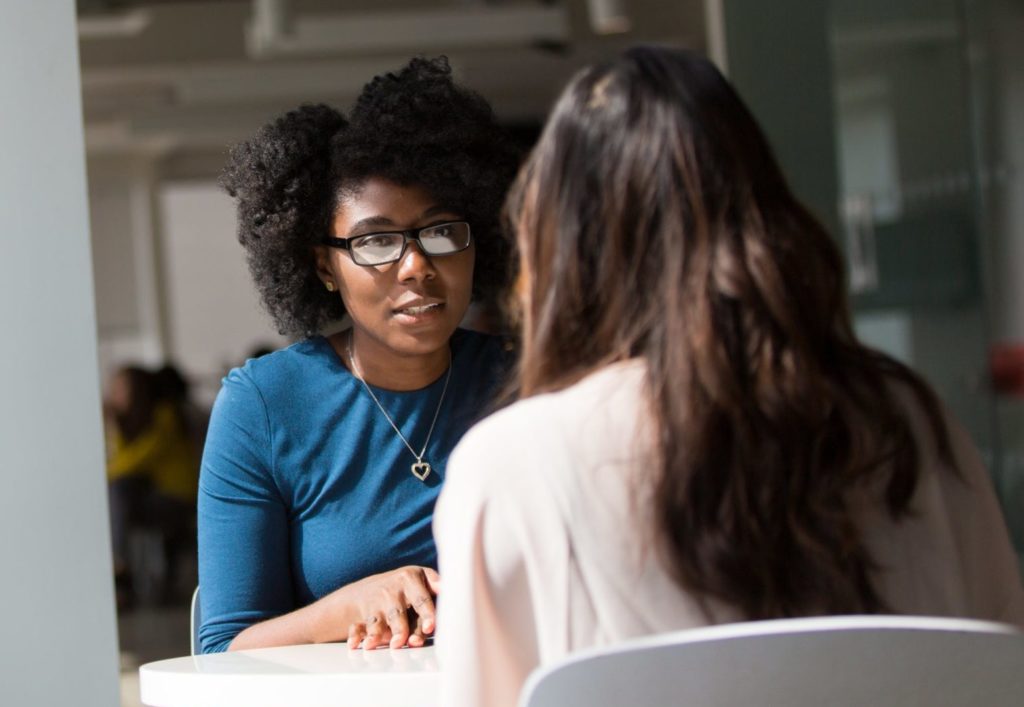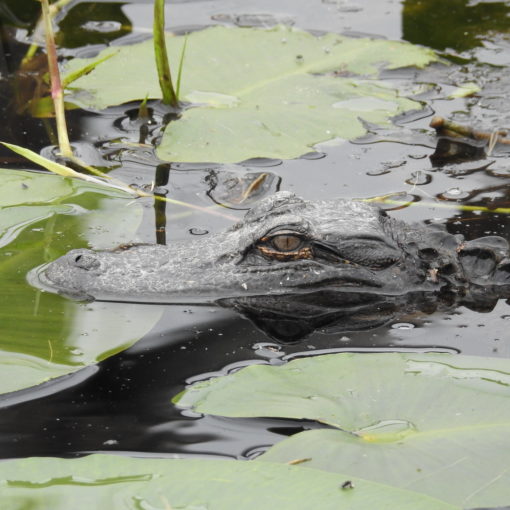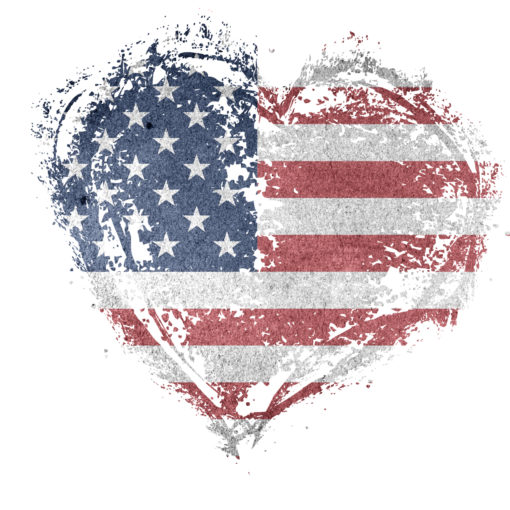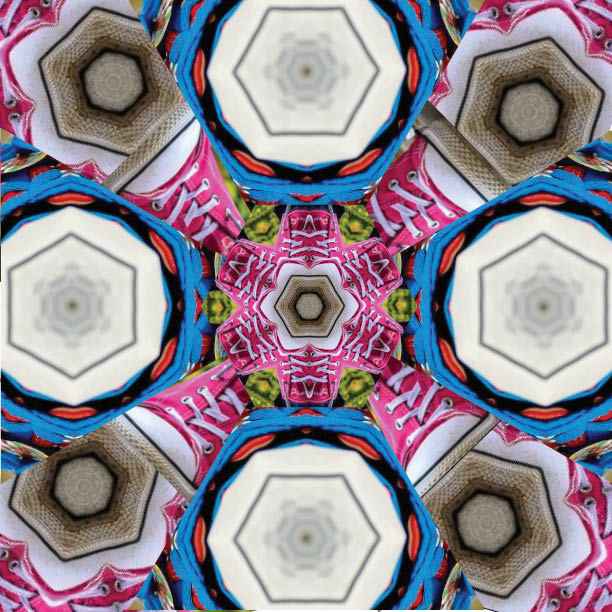
by Carol S. Hyman
In the last century, during dark days and nights lighted by bombs and fires, a woman told Winston Churchill that the best thing he had done was to give people courage. Illuminating the kind of leader he was, he replied,
“I never gave them courage. I was able to focus theirs.”
This is just one of many inspiring stories in The Splendid and the Vile, a book by Erik Larson that covers a single year, beginning in May of 1940 when Churchill became Prime Minister. Reading it made me contemplate leadership in times of crisis.
The foes in that monumental conflict followed leaders who focused on divisiveness and hatred while promising to make Germany great again. Instead they left a legacy of shame. The outcome of the war was much in doubt early on; Churchill was convinced that victory depended on America’s entering the war. But while Roosevelt was sympathetic, he faced strong resistance from those who saw it as Europe’s problem.
Today isolationism looks like a losing strategy. The problems we face don’t respect borders. Barely starting to recover, we hope, from a viral blitzkrieg — its economic effects still unknown — we see across the globe echoes of what is erupting in American cities, symptomatic of an affliction that has festered for centuries, our own legacy of shame.
For all their high ideals and notwithstanding the opposition of many, the founders of this country accepted slavery as a fact so deeply embedded in the culture that compromise about it was essential. Even those wanting it abolished recognized that if they were to evict the British, the colonies would need to unite in common cause.
And so the founders, while espousing principles of liberty and equality, built on a toxic foundation. A bloody civil war abolished the legal status of the abominable institution but its poisons still rise from the ground of our collective heritage. Thus the past is not really past; it continues to cause a world of hurt.
One popular explanation for why so many Germans collaborated in atrocities during the second world war was lingering resentment over their defeat a generation previously. It is easy to harness people’s dissatisfactions and focus them on a common enemy, a tactic used throughout history to keep humanity at odds with itself.
In this country when I was growing up, it was the Russians. The Cold War’s promise of mutually assured destruction maintained a balance that, in spite of many skirmishes, managed to avoid disaster. Working with a friend on a book about the kind of leaders we need today introduced me to a term originally used to describe international relations after the U.S.S.R. ceased to exist. Diplomatic affairs then became more volatile, uncertain, complex, and ambiguous. In keeping with the natural human desire to organize experience, someone turned those qualities into an acronym, VUCA.
Volatility, uncertainty, complexity, and ambiguity aptly describe the conditions we still face. These qualities are frightening, suggesting as they do the unpredictability and precariousness we face as conscious, mortal beings inhabiting what seems to be an increasingly contentious society.
But with insight into our inner lives, we can learn to use fear to bring benefit instead of letting others harness it to breed conflict. To avoid being hijacked by confusion, we need to know what we don’t yet know. Mindfulness allows us to open to experience without judgment and helps sharpen our focus and clarity so we can see our own blind spots.
When life is smooth, our challenge is to stay awake to the freshness of the present, no matter how familiar it may seem. But in times of disruption, meeting the moment without flinching – without backing off or becoming defensive – requires mustering major inner resources. Sometimes, once the moment passes, we realize change has happened; sometimes it takes a challenge to show us our blind spots so we can walk our talk.
For example, take one of my most painful but productive experiences as a teacher of mindfulness. First, please know that although I grew up in the south during a time when civil rights was still a subject for debate, I had never considered myself racist. Quite the contrary. I remember being called words we no longer use in junior high school because I argued in favor of integration.
Even earlier, when my mother tried to teach six-year-old me to say sir and ma’am, our cleaning lady, who was black, walked into the room and asked if either of us wanted a sandwich. “Yes, please ma’am,” I said. When she left, my mother told me that rule of manners didn’t apply to ‘colored people.’ “If I can’t say ma’am to Hazel, I won’t say it to anybody,” I said. My mother later told me that was the moment she knew I was going to be a handful to raise.
But you don’t know what you don’t know, even about the person you think you know best – yourself – and my wake-up call came during a summer like this one, fraught with storms of heightened contention. Four years ago, as now, presidential politics, terrorism, and nearly daily shootings – of young black men, of police, of random victims – daily assaulted our awareness.
Invited to teach mindfulness to about thirty teachers as part of a four-day training, I didn’t think much about the racial composition of the group. It was fairly homogenous, mostly middle-aged white women, apart from three men, a few with varying skin tones, and one black person. I’ll call her Tonya.
My agenda for the afternoon included a contemplation exploring how bodily sensations, emotions, and thoughts interweave in a process that leads to our judging things as pleasant or unpleasant. This practice is usually presented at the end of a day of training, and people are asked, as overnight homework, to observe their reactions to events around them and try to tease apart how they arise in their bodies, emotions, and thoughts. Scheduling made it impossible to give the instruction as overnight homework, so I hoped to tell a story instead that would evoke reactions we could use to illustrate the practice.
The night before, I’d seen a post on Facebook: a Black Lives Matter protest in Dallas had drawn a counter-protest – mostly white men, with pick-up trucks nearby, some waving American flags. Dallas police, who days before had lost five of their own to a sniper, stood between the groups trying to prevent further violence.
I started to scroll past it, not wanting to subject myself to more people digging in behind their biases, sure they’re right and demonizing anyone who disagrees. Feeing a kind of queasy dread, I thought, I really don’t need to read this. Then I noticed the first comment underneath the post. It said, “You really do need to read this!” Okay. Coincidence? Maybe. But I clicked on the video.
I don’t know how the two groups decided to select emissaries to meet or how, once those men communicated, they managed to convince their companions to stretch their perspectives. I only know that the video showed the groups coming together, the men one by one hugging each other, finding common ground as people who wanted Dallas to ba a better place. Watching, my body begin to relax, dread easing into surprise. When the police joined in the group hug, I cried and felt expansive and open and hopeful.
It seemed the perfect story to illustrate the practice how bodies, emotions, and thoughts collaborate in reaction. Looking back, I realize I was so carried away with that thought that there was no space for another possibility: a less highly charged issue might be a safer choice. Though had that thought come up, I might well have ignored it.
I remember a tiny flicker of concern for Tonya. But she had seemed so confident, bright, and lively in all our interactions that I didn’t expect her, or anyone else, to have a problem with the story. So much for my social intelligence in that moment.
After the guided meditation, when I asked for comments, Tonya stood. She explained, with quavering voice, that she was shaken by what she saw as my suggestion of moral equivalence between the two groups. She talked about how it felt to be the only black person, as she was in many situations. She said she wasn’t calling anyone racist, but she did think using that story in that situation was clueless at best.
Or at least that’s what I remember. But as any teacher who’s ever had a class derailed by an unexpected and highly charged interaction knows, sometimes you just have to breathe and ride the wave of the moment as it unfolds, without getting defensive, which doesn’t always make for clear memories. Still, I know I did my best, and later Tonya and I talked, and hugged, and she told me stories that helped me understand white privilege.
That concept, I had always felt, demeaned accomplishments people might have worked hard for. Tonya helped me understand white privilege isn’t so much about white people getting things they don’t deserve as it is about black people getting things they don’t deserve, like being followed in stores by people who think you are there to steal things, getting pulled over by police for minor infractions, or for nothing at all, or being praised for speaking well as if it is a surprise.
Nowadays, well-intentioned white people feel fear too. We are afraid for our fellow citizens who face the hardships Tonya described, and worse. We are afraid of saying or doing things to cause further harm, or reveal our naivete. We are afraid for our country.
Humanity’s evolutionary heritage primes us to respond to fear with fight, flight, or freeze, reactions that don’t particularly help solve the problems of a VUCA world. But evolution is not over. If we adapt skillfully, we’ll see beyond surfaces to the content of character and move our species toward a more wholesome future, one in which we celebrate common ground, appreciating our differences instead of standing belligerently on them.
When the war was over, Churchill gave a speech in which he paraphrased Santayana, saying
“Those who fail to learn from history are condemned to repeat it.”
Learning from history requires paying attention to it. Having leaders who do that would be nice. Still, the likelihood of someone with the natural abilities of a Churchill emerging on the scene right now seems slim, so we might have to focus our own courage. And intelligence. And decency toward our fellow human beings.
Mindfulness practice can help with that. For inspiration, seek out some of the great man’s greatest quotes. As a man of his time, he held views on race we no longer admire but I suspect, were he alive today, he would have taken his own advice:
“Courage is what it takes to stand up and speak. Courage is also what it takes to sit down and listen.”
If we listen, and work with our hearts and minds toward the common good, we may manage to muster our own inner Churchills. Then we might be able to create a world in which nobody has to live in fear simply because of the color of their skin.





2 thoughts on “Courage to Listen and Learn”
Very well put Carol I really enjoyed this makes you stop and think??
Hi Carol, I so appreciate your honesty and willingness to share your vulnerability in telling the story of telling your story. I have found a place of courage in myself in the face of our current condition and am moved further in your speaking. I am hungry to uncover, learn and understand what I can about myself and white privilege, racism, our history… our unity and how we can move forward in positivity… where to begin?? Many thanks.